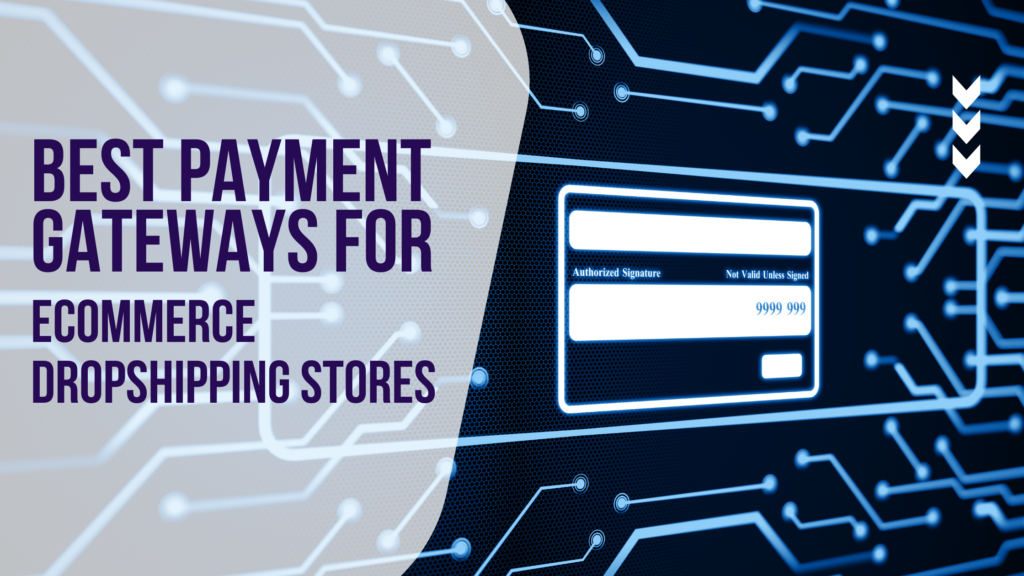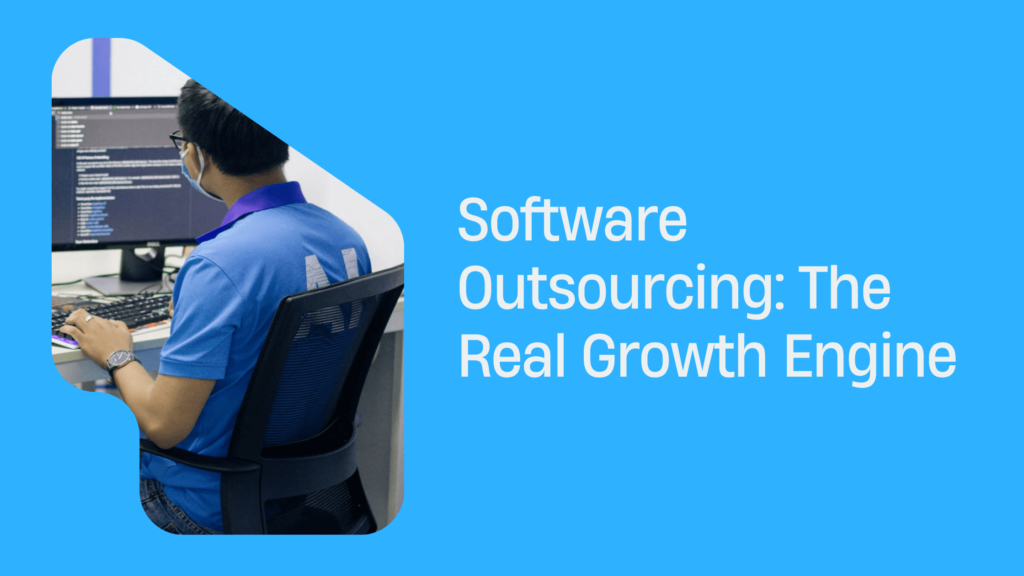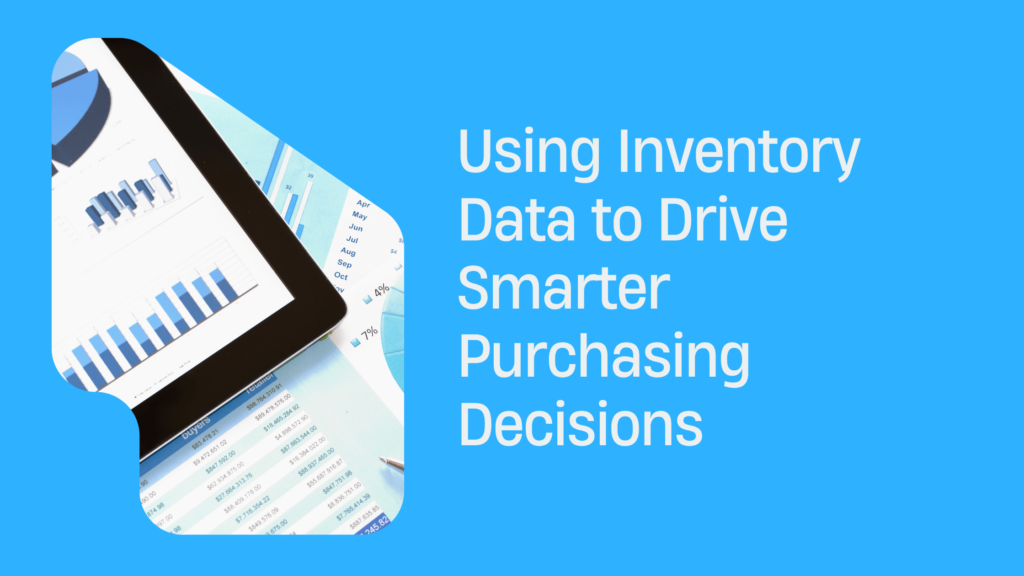Best Payment Gateways for Ecommerce Dropshipping Stores
Introduction to Payment Gateways
Dropshipping is creating a buzz in recent times in the ecommerce market. Almost every person wants to start a dropshipping business. This is happening because of the economies going cashless and becoming mainstream. To have a successful outcome, you should have the best payment method for dropshipping to keep your customers satisfied.
To enhance the customer experience, it is important to choose the best payment method. A payment gateway is a mode of payment in an online business. It is a checkout process that helps the payment process by digital wallets, bank transfers, credit & debit cards also.
Usually, they are third-party payment processors that accept different types of payments like mobile payments. The business owners thus create a better user experience.
Importance of choosing the right Payment Gateway for Ecommerce Dropshipping Store
Selecting the appropriate ecommerce payment gateway is evaluative for the success of an ecommerce business. Here we highlight the choices you should be making for a smooth transaction and recurring payments.
Customer Convenience – The best ecommerce payment gateway should enhance the customer experience leading to trusting your business.
Global Reach – The right payment gateways in the US should be able to accept payments from customers around the globe.
Conversion Optimization – A payment gateway should be able to give diverse conversion rates to reduce cart abandonment.
Security – A reliable payment gateway provides robust security measures, safeguarding both your business and your customers.
Integration – Ecommerce payment integration should be compatible with the ecommerce platform for seamless operations.
Cost Effectiveness – Evaluating transaction fees, setup costs, and other charges helps optimize your budget and maximize profitability.
Top Payment Gateways for Ecommerce Dropshipping
PayPal
 PayPal is a widely recognized ecommerce payment platform, making it a popular choice for both dropshippers and consumers. PayPal accounts operate in over 200 countries. The popular payment gateway supports currencies from 25 countries and all credit cards.
PayPal is a widely recognized ecommerce payment platform, making it a popular choice for both dropshippers and consumers. PayPal accounts operate in over 200 countries. The popular payment gateway supports currencies from 25 countries and all credit cards.
It is flexible and cost-effective as it offers no startup, termination, or monthly fees. Users can withdraw funds at any time without charge. Dropshippers love PayPal because of how seamlessly the payment gateway works.
Stripe
Stripe is a widely-used payment gateway for ecommerce sites and serves as a notable alternative to PayPal. It integrates seamlessly with Shopify for easy payments. Stripe operates from the US but extends its services to 40 countries.
The advantages are a modern interface, flexibility, and support for over 135 currencies. This automatically transfers funds to bank accounts and transparent pricing.
Square
Square is a fairly popular and the best ecommerce payment method that has gained its name through some high-profile partnerships. The ecommerce partnerships with Wix, WooCommerce, WordPress, OpenCart, and Magento.
Square is one of the easiest tools to use that provides online payment integration with many major ecommerce platforms. Being the top ecommerce payment processors, the payments can be added to your website quickly. API tools will also help you in creating one.
Amazon Pay
Amazon Pay is Amazon’s original payment gateway. It benefits from the trust associated with the brand. Amazon Prime’s credibility sings as it has 112 million users in the US alone. Amazon Pay, the best payment gateway for dropshipping, uses pre-saved payment details.
The easy-to-use interface makes this a low-barrier option for customers. Additionally, it offers fraud protection, accessibility across all devices, and supplementary features like voice shopping.
2Checkout
2Checkout is an online payment gateway for websites that is available in 87+ countries. The payment pages support all kinds of credit cards like American Express, Visa, Master Card, and more. Its multi-language support and multi-currency payouts make it available in many third-world countries. There, is used in combination with other payment gateways.
It is said to be the most trusted and the best payment processor for dropshipping. 2Checkout is PCI compliant for safe and secure transactions.
Features to look for in a Payment Gateway
Several key features come into play when selecting the top ecommerce payment processors for your online business. Listed below are some features:
Security Measures – Security is foremost while handling transactions in online businesses. Always opt for a payment gateway that offers security features like encryption, tokenization, and fraud detection tools. Make sure that they are compliant with the best security standards like PCI DSS since without such measures hackers can steal that data, which may damage your brand’s reputation and expose you to class action lawsuits with no proof of financial losses, as compromised data can still be used for fraud.
Accepted Payment Methods – Your payment gateway should be flexible enough to accept payments from different modes. Apart from major debit and credit cards, the payments should be accepted from digital wallets, cashless, and bank transfers.
Integration Capabilities – Having a payment gateway that seamlessly integrates with your online business is a blessing. It should also connect with shopping cart software and other third-party tools. The integration is a simple setup that streamlines the payment process. This allows automated data synchronization and real-time data monitoring. Akurateco states that managing all your payment channels from a single platform improves control over routing, reporting, and risk settings, without having to jump between systems.
Scalability – Opt for a payment gateway that offers scalable infrastructure and reliable uptime to ensure uninterrupted payment processing. This is especially true during peak traffic periods or promotional events. If you plan to extend your market reach then you should consider global reach and international transactions.
Cost – You should know about the pricing structure of all payment gateways for comparison. See if you are able to afford the right one for your online business. There are setup fees, transaction fees, monthly subscriptions, and other additional charges. You may also want to look up the conversion charges or recurring payments.
Factors to consider when choosing a Payment Gateway
Out of many important factors, you should select those that fall in line with your ecommerce needs. Some of the factors are listed below.
Ease of Payment – It is very convenient to have a payment gateway that makes things easy. If you don’t want to reduce sales and cart abandonment then don’t integrate a difficult payment gateway.
Fees – Each payment gateway has its own pricing models. To integrate, you have to pay the selected cost on the online platforms. Always compare the fees of multiple platforms and go with the one that aligns with your business needs.
Payout Times – Payout time is the time between the transaction and the time it takes to send money to the merchant’s account. This time varies for every platform. Do proper research on which payment gateway has the least possible time.
Multi-currency Support – If you are selling worldwide then your payment gateway should be accepting multiple currencies.
The impact of the right Payment Gateway on an Ecommerce Dropshipping Store
Having the right payment gateway will not only bring success to your business but will increase sales and reduce cart abandonment. An ecommerce payment gateway will ensure seamless transactions, and build trust, and confidence among the customers. A user-friendly interface with security measures will improve the customer experience.
Moreover, when multiple payment options are offered that support various currencies then it expands the global reach. The right payment gateway optimizes the store’s revenue potential. It will drive growth and establish a competitive edge in the ecommerce market.







